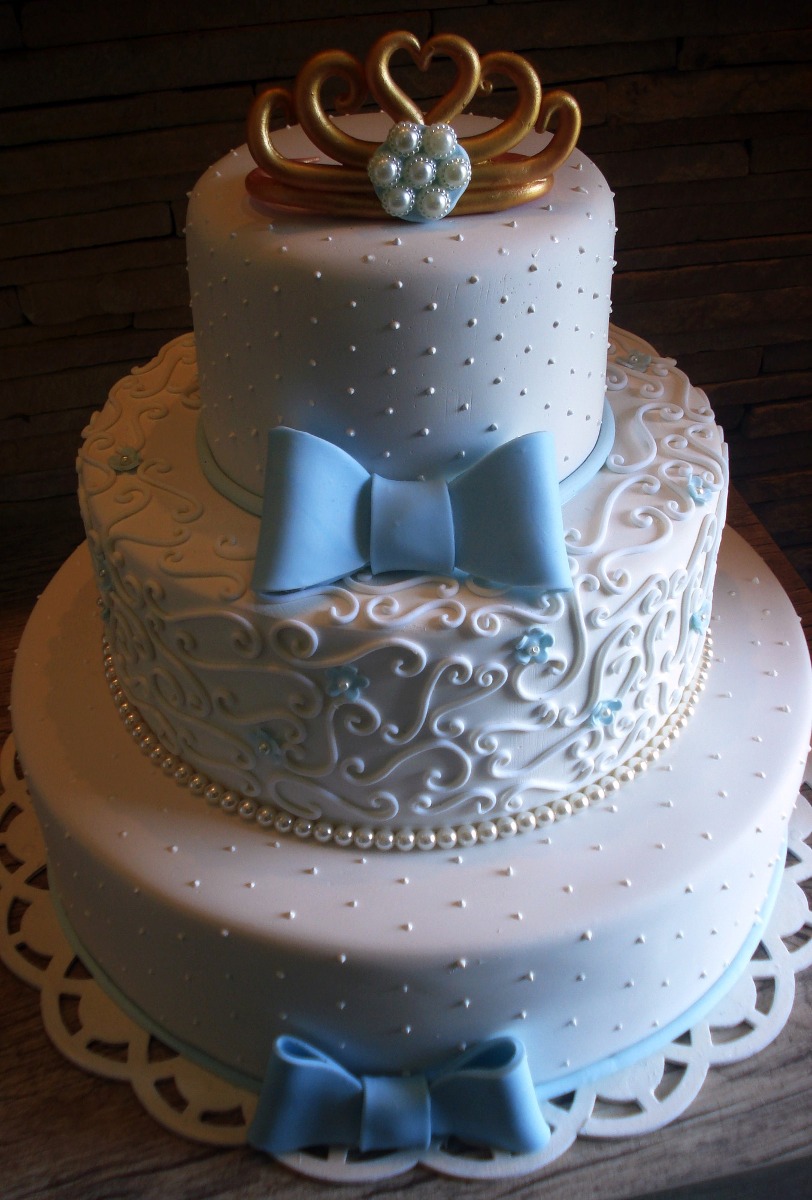Biscuit: MORE 12-Book Phonics Fun!: Includes 12 Mini-Books Featuring Short and Long Vowel Sounds (My First I Can Read) by Alyssa Satin Capucilli and Pat Schories Apr 2, 2013. 4.7 out of 5 stars 123. Paperback $14.99 $ 14. Get it as soon as Wed, Mar 31. FREE Shipping on. This simple, made from scratch, butter biscuit recipe from Paula Deen is a Southern favorite for breakfast. Ingredients include all-purpose flour, cubed butter and milk. Prep time is approximately 15 minutes and cooking time takes 12 minutes at 425°F.
Biscuits
Southern Buttermilk Biscuits Recipe
Biscuit[1][2][3][4] (also known as bisque) refers to any pottery that has been fired in a kiln without a ceramic glaze. This can be a final product such as biscuit porcelain or unglazed earthenware (often called terracotta) or, most commonly, an intermediate stage in a glazed final product.

-9-186626.jpg)
Confusingly, 'biscuit' may also be used as a term for pottery at a stage in its manufacture where it has not yet been fired or glazed, but has been dried so that it is no longer plastic (easily deformed).[5]
The porous nature of (fired) biscuit earthenware means that it readily absorbs water, while vitreous wares such as porcelain, bone china and most stoneware are non-porous even without glazing.[6] The temperature of biscuit firing is today usually at least 1000°C, although higher temperatures are common.[7] The firing of the ware that results in the biscuit article causes permanent chemical and physical changes to occur. These result in a much harder and more resilient article which can still be porous, and this can ease the application of glazes.
In situations where two firings are used, the first firing is called the biscuit firing (or 'bisque firing'), and the second firing is called the glost firing, or glaze firing if the glaze is fired at that stage.

Biscuits And Gravy
References[edit]
- ^Kara, Alpagut (2004). 'An Investigation Into Bloating Behaviour Of Bone China Body During Biscuit Firing'. Key Engineering Materials. 264–268: 1717–1722. doi:10.4028/www.scientific.net/KEM.264-268.1717.
- ^Kara, Alpagut; Stevens, Ron (2003). 'Interactions Between A Leadless Glaze And A Biscuit Fired Bone China Body During Glost Firing—Part III: Effect Of Glassy Matrix Phase'. J. Eur. Ceram. Soc.23 (10): 1617–1628. doi:10.1016/S0955-2219(02)00403-X.
- ^Plešingerová, Beatrice; Klapáč, Miroslav; Kovalčíková, Miriam (2002). 'Moisture Expansion Of Porous Biscuit Bodies – Reason Of Glaze Cracking'(PDF). Ceramics-Silikáty. 46 (4): 159–165.
- ^Dale, Alfred J.; German, William L. (1964). Modern Ceramic Practice. Maclaren & Sons.
- ^Osborne, Harold (ed), The Oxford Companion to the Decorative Arts, p. 78, 1975, OUP, ISBN0198661134
- ^Dodd, Arthur E.; Murfin, David (1994). Dictionary Of Ceramics (3rd ed.). Institute Of Minerals. ISBN9780901716569.
- ^Ryan, William; Radford, C. (1987). Whitewares Production, Testing, and Quality Control: Including Materials, Body Formulations, and Manufacturing Processes. International Series on Systems and Control. Pergamon Press on behalf of the Institute of Ceramics (Great Britain). ISBN9780080349275.
Biscuitville
External links[edit]
Biscuits And Gravy
